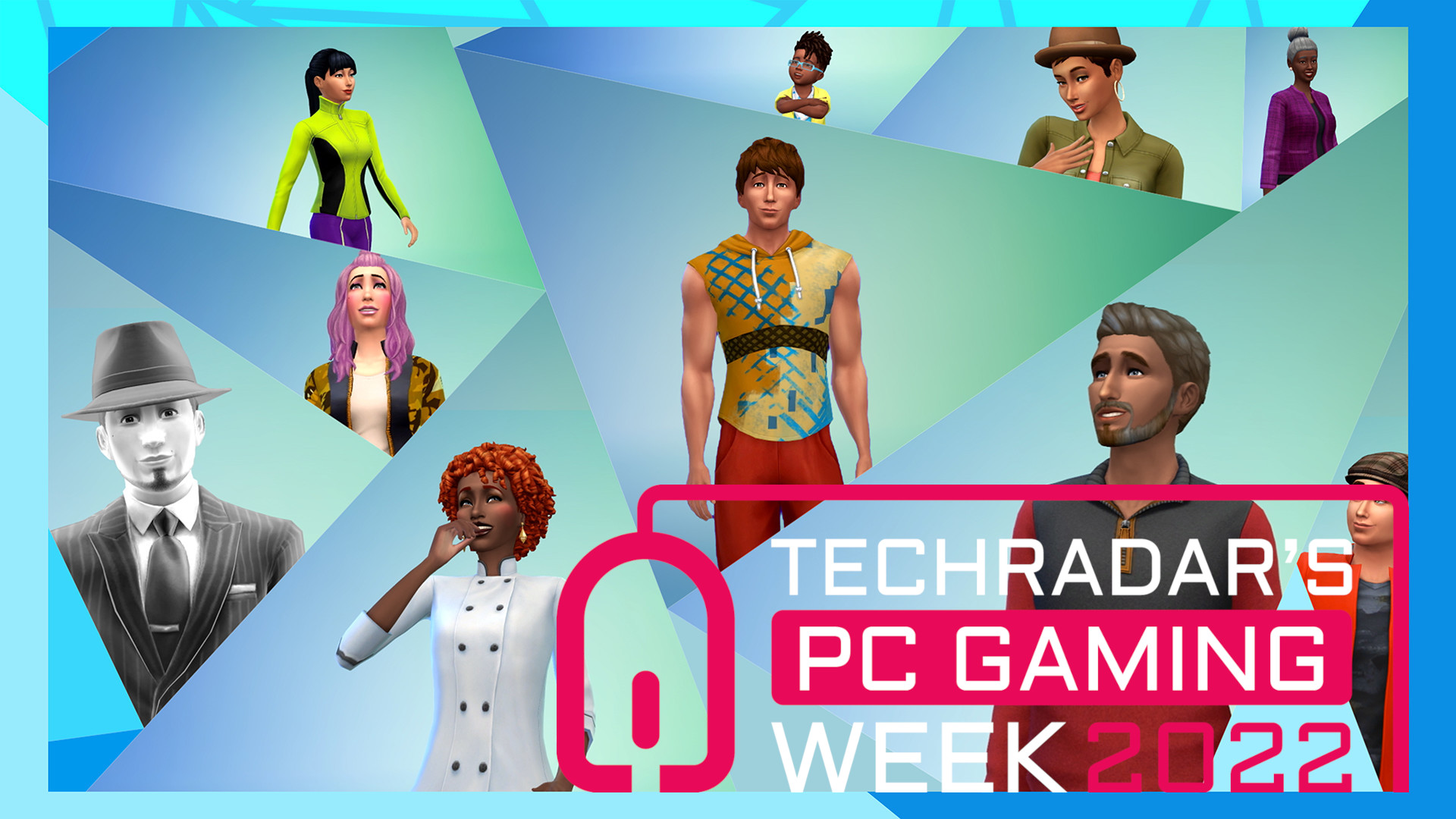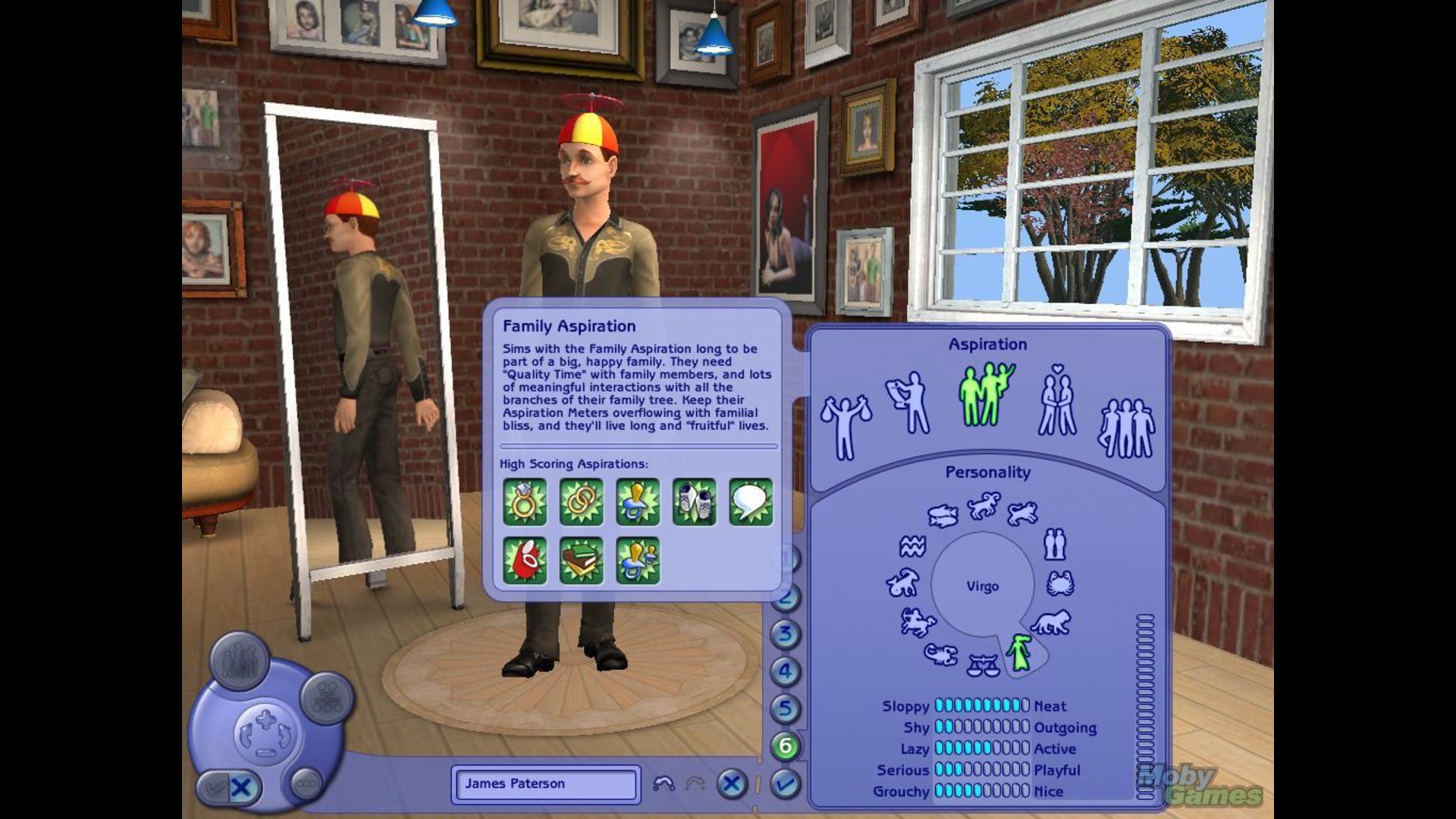How dress-up games opened the fashion floodgates for small-town kids
Dressing up defined us

In the mid-2000s, I grew up in a middle-of-nowhere town in Far North Queensland. The closest shopping center had only a K-Mart and a Best ‘n’ Less, so the pickings were very slim when it came to fashion. So, I mostly survived on hand-me-downs, boot-cut jeans, and ironically branded t-shirts.
With little to no expendable money, fashion was just for looking at. The closest I could get to it would be flipping through the pages of whichever teen magazine had come out that week. Access like this made me feel like a style voyeur, especially when the representation I grew up with was limited at best.
But in 2003, my parents invested in a brilliantly boxy PC that, via choppy dial-up and Windows XP, gave me access to the information superhighway, where I found myself obsessing over the same few fashion flash gaming sites. Polly Pocket Wacky Wardrobe, MyScene, and Barbie of Swan Lake: Odette Dress Up were some of the first I fell in love with. These simple drag-and-drop dress-ups let me play with patterns and designs while creating ensembles and characters to go along with them. Suddenly there was a platform for me to explore my fashion sense.
Wardrobe wonders

As my curiosity grew, I moved to StarDoll, which offered more choices and control. I could pick from a premade wardrobe and place them where I wanted. I could also choose the model from Robert Pattinson to… Marie Curie. It was the online answer to dress-up fridge magnets. Growing up with these games allowed me to put on my snow boots and traverse what felt like the cold, inhabitable landscape of style.
Knowing I couldn’t be alone in my experience, I took to Twitter to find out how this niche genre opened the fashion floodgates for other small-town kids.
“During school lunch breaks, I played dress-up games (Barbie, Polly Pocket, and DivaStarz) on the school computers until all those websites were blocked anyway,” said Phoebe, a 2D Artist, and Animator, via Twitter. “A lot of girls in my year were into these games, and I remember bonding over them,” she continued. “They were the digital equivalent of playing with dolls.”
Phoebe also brought up GaiaOnline, a forum-based website with minigames and avatar creation. “You had to play games to earn coins to buy the clothes you wanted for your avatar (or pay real money, which I did not have at the time), but because it had a forum, I think there was an aspect of being able to show off your outfit too, and that really got me interested,” Phoebe said.
Sign up for breaking news, reviews, opinion, top tech deals, and more.
“There was also an unofficial "dream avatar" website where you had access to every item from Gaia so you could make a little image of what you wanted to dress your character in,” she said. “I remember playing this one for hours, making all my friends from school as Gaia characters, or inventing my own characters in it.”
Creating our characters

Another user, Molly, had a similar experience with the 2002 Bioware RPG Neverwinter Nights after finding the game in a thrift store years after release: “It came with a super basic character creator … but at the time, I’d never used anything like it, and it really captured my imagination.” Expansions like ‘Hordes of the Underdark’ also added functionality to modify in-game armor, a boon for in-game expression. “I would spend hours and hours building characters, coming up with backstories for them, and then finding and crafting armor into something to wear that fit their vibe and the personality I was playing. And I did that until I was at least 19.”
Before these games, I couldn’t even describe what type of shirt I wanted, let alone the names of accessories and necklines. After playing StarDoll, I found that I could clearly express that I wanted an elastic stretch choker, glitter jelly shoes, and a mauve midi skirt with ease. This newfound fashion literacy was invaluable to my self-expression.
Phoebe notes that the alternative clothing and anime style seen in games like GaiaOnline also impacted her real-world fashion choices. “I was getting really into ‘goth’ fashion by this point, so my character had to be wearing black … I now have purple hair, I wear big stompy boots, and opt for black clothing, although sadly, it's often less flamboyant than the GaiaOnline clothing due to work and practical reasons. I still wish I could spend every day in a cape, though.”
Growing up, coming out

As the years rolled on, the breadth of my monitor shrunk, and dress-up games started to mature, I graduated to the 3D character creation tool of The Sims 2. With that trade-up came a lot more experimentation. As the life simulator series moved on to its third iteration, modding became a part of my vocabulary. Scanning through pages of custom designs, I blended masculine and hyper-femme fits, further exploring my identity. The line between my character's fashion and mine started to blur, and my virtual outfits finally had their day in the sun.
“Obviously, for a trans person, it even goes beyond experimenting with just a style and starts becoming experiments with gender expression — how you’d rather walk and talk and carry yourself around others, and really just how you want your body to be, physically,” said Molly. “Because for better or worse, that is a fashion statement.”
While hunting for a modern take on the dress-up games of my childhood, I was bombarded with opinions on where this style of play belongs. To me, avatar dress-em-ups and character creators open digital doors, yet through misguided marketing decisions and poorly written posts, this type of play has been written off as ‘not real gaming.’
“Since there have been fandoms, there have been gatekeepers,” said Mary Kenney, author of Gamer Girls and senior writer for Insomniac Games. “Life sims, mobile games, and walking sims have all been smacked with the “not a game” label, often because of the wider and more diverse audiences who enjoy them. I can promise you - as a games scholar, gamer, and game developer - they’re games. They’re built-in engines and center interactivity. They require teams of creatives, such as engineers, artists, and writers, to build. They’re video games.”
The importance of dressing up

Ultimately, whether or not players recognize the importance of virtual fashion games, the impact of this genre cannot be ignored. “Around the time I was playing dress-up games, I was also getting heavily into art, and I used to take inspiration from the outfits in those games for the characters I was creating,” Phoebe said. “Fast forward 12 years or so, and I'm working today as a concept artist, and designing characters and their outfits is a regular thing for me, so I believe these games not only helped to shape my personal fashion, but they also had some influence on my career too.”
From Elden Ring to Animal Crossing, communities online continue to thrive in sharing designs and embracing in-game fashion. Unfortunately, the death of Flash has almost erased the history of virtual fashion’s humble browser-based beginnings. But its legacy lives on in the players who grew up exploring their identities through play.
“I grew up in a remote area, too, and working class, so keeping up with the latest Barbie or, god forbid, American Girl doll wasn’t really an option,” said Kenney. “I loved to write short stories as a kid, then build my characters in Dollzmania. Dollzmania was free, fun, and sparked my imagination - and isn’t that what games and play are supposed to do for kids? What play and stories do for adults, too? I think so, which makes all these games exceptionally real.”